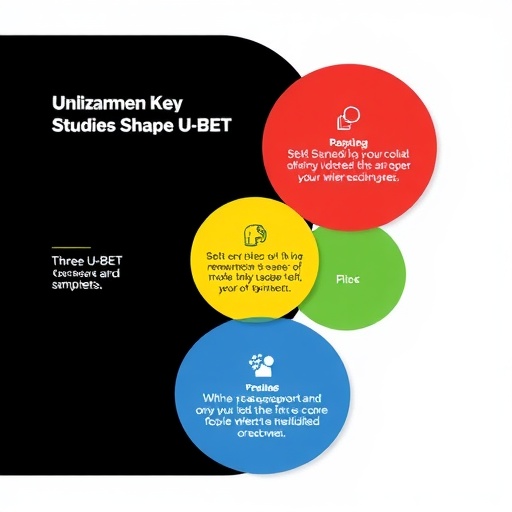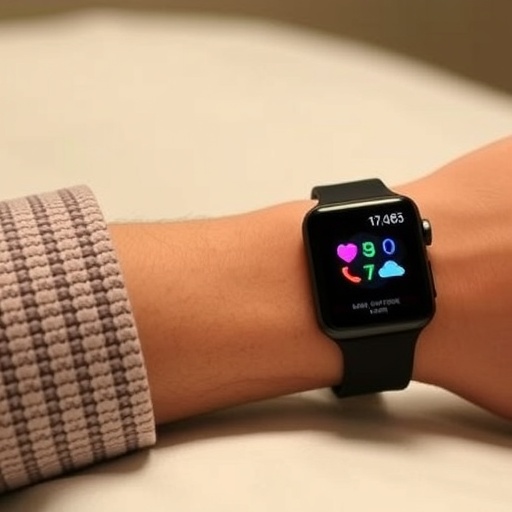In the realm of neonatal medicine, the care of extremely low gestational age newborns remains one of the most complex and delicate challenges. These fragile infants often require frequent blood transfusions to address anemia and support their underdeveloped physiology. As conventional blood products present significant risks and limitations, a groundbreaking approach has emerged from recent research: the potential use of umbilical cord blood for transfusions in extremely low gestational age neonates (ELGANs). This innovation lies at the heart of the newly conceptualized U-BET trial, which stands for Umbilical cord Blood for Extremely-low-gestational-age Transfusions. To lay the groundwork for this pivotal clinical trial, a trio of meticulous studies has been conducted, shedding light on the feasibility, safety, and procedural considerations involved.
Traditional transfusion methods for ELGANs carry inherent challenges, including immunological reactions, infection risks, and the possibility of alloimmunization due to exposure to adult donor blood. Umbilical cord blood, a repository of neonatal hematopoietic stem cells rich in oxygen-carrying capacity and immune-modulating factors, offers an attractive alternative. By harnessing these properties, researchers anticipate a reduction in transfusion-related complications and improved hematological outcomes. However, before this can be translated into routine clinical practice, rigorous experimentation and evaluation are indispensable.
.adsslot_987cSRekZt{width:728px !important;height:90px !important;}
@media(max-width:1199px){ .adsslot_987cSRekZt{width:468px !important;height:60px !important;}
}
@media(max-width:767px){ .adsslot_987cSRekZt{width:320px !important;height:50px !important;}
}
ADVERTISEMENT
Parallel to these laboratory investigations, the second study addressed the immunological compatibility of umbilical cord blood transfusions in ELGAN recipients. Considering these infants’ immature immune systems, the risk of graft-versus-host disease or sensitization remains a concern. The study employed advanced immunophenotyping techniques to analyze the cellular constituents of cord blood and their interaction potential with recipient immune cells. Insights from this work delineated the safe boundaries for transfusion, establishing guidelines to minimize immune-mediated complications.
The third and equally vital study was a focused safety assessment involving preclinical models. Animal studies replicated the physiological and immunological conditions of ELGANs receiving transfusions from umbilical cord blood. The objective was to monitor for adverse events, including hemolytic reactions, inflammatory responses, and organ-specific toxicities. Encouragingly, findings demonstrated a favorable safety profile, with no significant deleterious effects observed, bolstering confidence in subsequent human trials.
Together, these studies have crafted a comprehensive evidence base that underpins the design of the U-BET trial. This upcoming clinical investigation is poised to evaluate not only the efficacy of umbilical cord blood transfusions but also to refine dosage requirements, timing, and long-term outcomes in ELGANs. By bridging laboratory science with clinical exploration, the trial represents a quantum leap forward in neonatal transfusion medicine.
Beyond individual patient benefits, the implications of successfully implementing umbilical cord blood transfusions on a broader scale are profound. Hospitals could witness reduced dependency on adult donor blood supplies, mitigating shortages and enhancing transfusion safety. Furthermore, the utilization of cord blood—which is typically discarded post-delivery—maximizes a previously untapped resource, aligning healthcare practices with principles of sustainability and bioethics.
Critically, the U-BET trial also establishes a framework to explore the potential of personalized transfusion medicine. With advances in genetic screening and immunological profiling, there lies the tantalizing possibility that cord blood units could be matched with recipients with unprecedented precision. Such an approach might reduce immunological complications and improve long-term health trajectories for these vulnerable infants.
However, challenges remain in scaling cord blood collection and processing infrastructure. Standardizing collection techniques to preserve blood quality and ensuring sterility are operational hurdles that must be addressed. Equally, navigating regulatory landscapes governing the use of novel biological products in neonates demands careful scrutiny and international collaboration among clinicians, researchers, and policymakers.
The studies driving the U-BET trial have also set the stage for ancillary research avenues, including the exploration of cord blood-derived stem cell therapies for broader neonatal complications such as bronchopulmonary dysplasia and neurodevelopmental impairment. As data accrues, the potential expands to harness the multifaceted properties of cord blood beyond transfusions alone.
This exciting frontier in neonatology exemplifies how translational research—moving from bench to bedside—can fundamentally reshape care paradigms. The promise of improved survival, reduced morbidity, and enhanced quality of life for ELGANs fuels the urgency and optimism surrounding the U-BET trial. The cohesive efforts of interdisciplinary teams blending hematology, immunology, neonatology, and bioengineering underscore the collaborative spirit propelling this innovation.
As the neonatology community awaits the initiation of the U-BET clinical trial, attention focuses on integrating real-world data collection systems to capture comprehensive patient outcomes. These measures will be critical to driving evidence-based refinements and fostering adoption across diverse healthcare settings worldwide.
In sum, the foundational trio of studies offers a robust, scientifically sound platform from which the U-BET trial will launch. Should the trial confirm early promises, the practice of umbilical cord blood transfusions might soon standardize care for some of the most vulnerable patients in neonatal intensive care units, redefining the future of transfusion medicine.
—
Subject of Research: The use of umbilical cord blood for transfusions in extremely low gestational age neonates (ELGANs) to address anemia and improve outcomes.
Article Title: Three studies needed to inform the design of the U-BET (umbilical cord blood for extremely low-gestational-age transfusions) clinical trial.
Article References:
Bahr, T.M., Ohls, R.K., Christensen, T.R. et al. Three studies needed to inform the design of the U-BET (umbilical cord blood for extremely low-gestational-age transfusions) clinical trial. J Perinatol (2025). https://doi.org/10.1038/s41372-025-02345-7
Image Credits: AI Generated
DOI: https://doi.org/10.1038/s41372-025-02345-7
Tags: anemia management in premature infantsblood transfusion challenges in ELGANsclinical trial feasibility studiesextremely low gestational age newbornsimmunological reactions in transfusionsinnovative transfusion alternativesneonatal hematopoietic stem cellsneonatal medicinesafety considerations for neonatal transfusionstransfusion-related complicationsU-BET trial designumbilical cord blood transfusions





